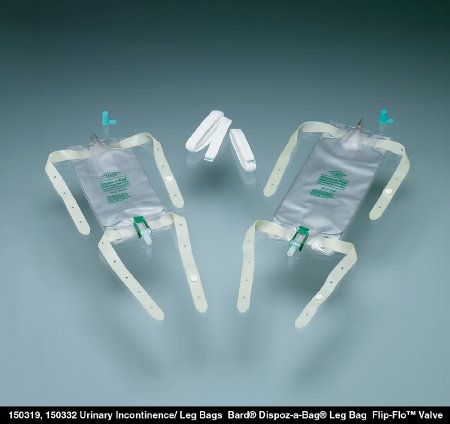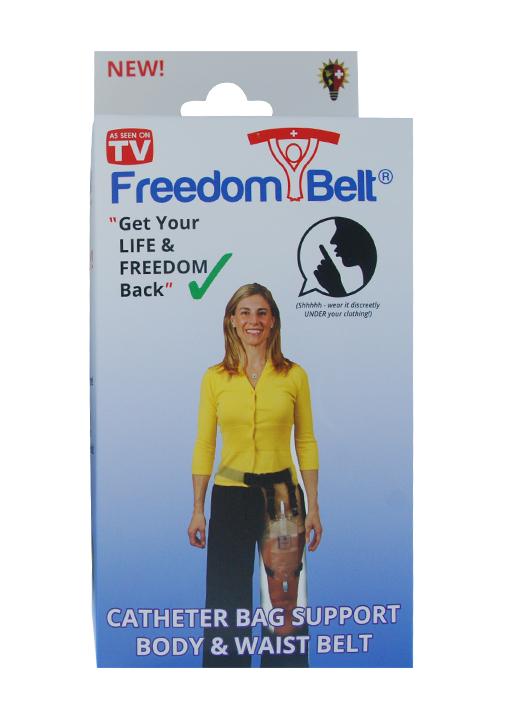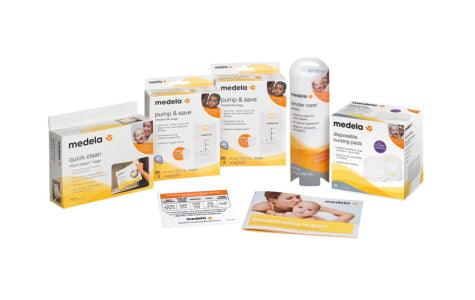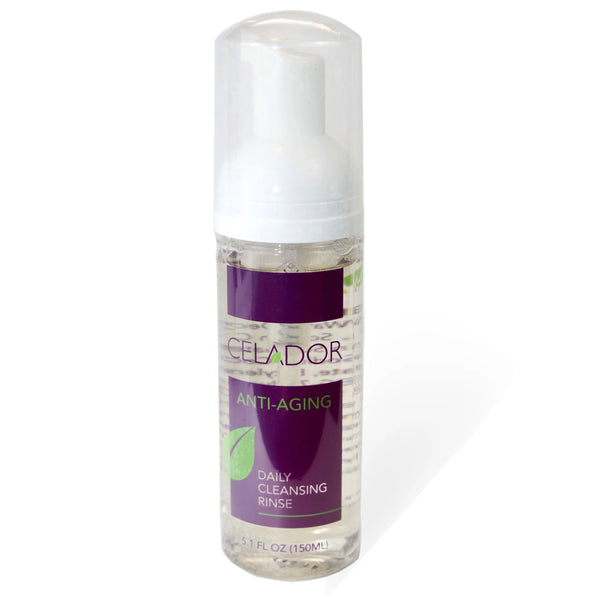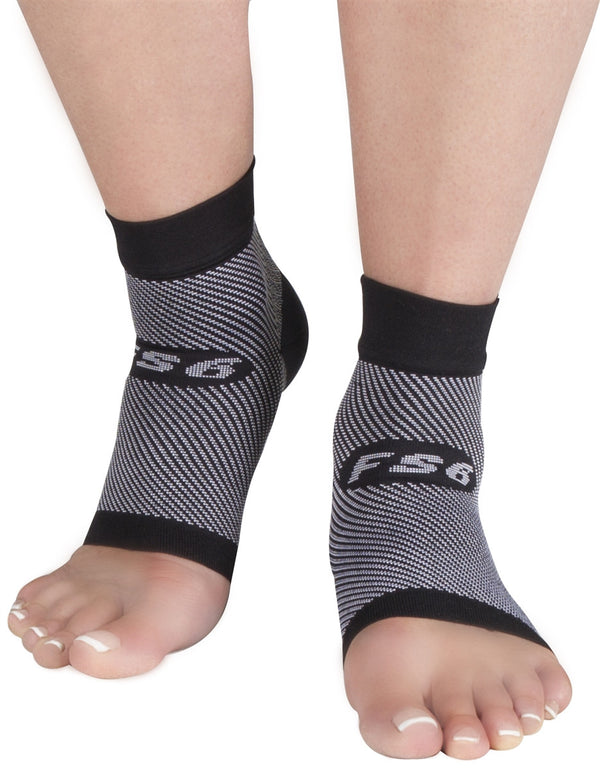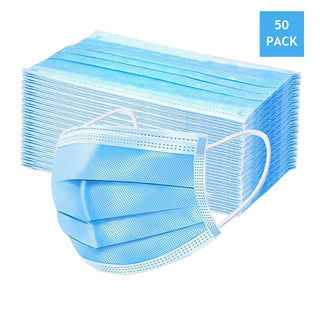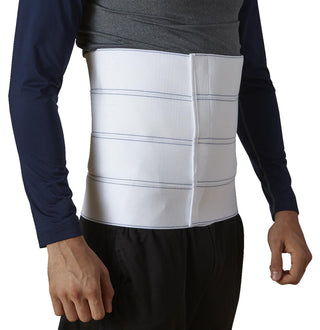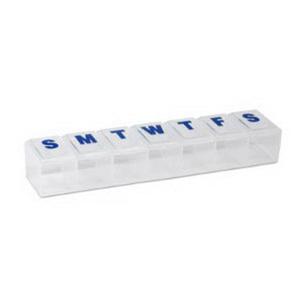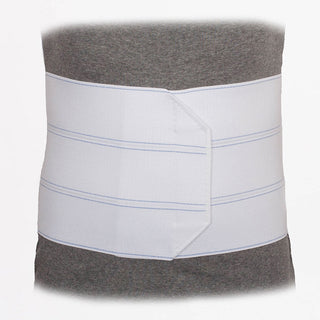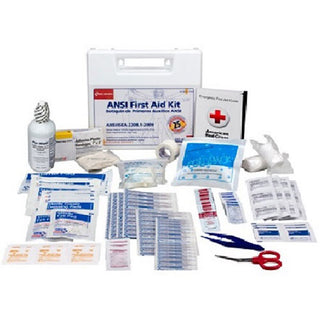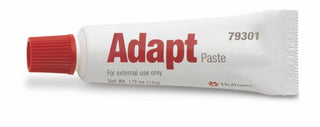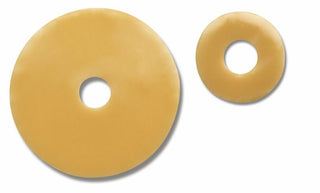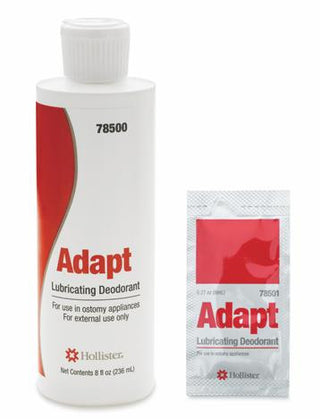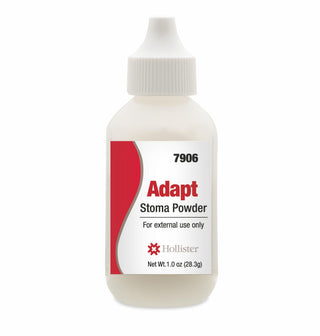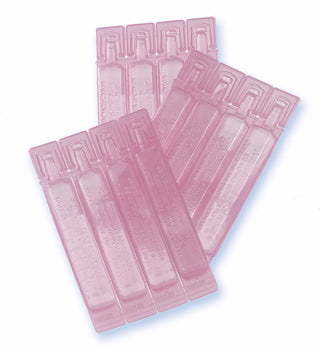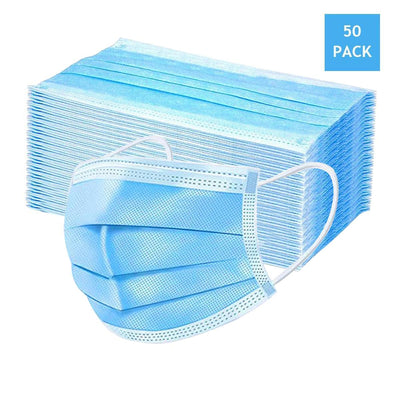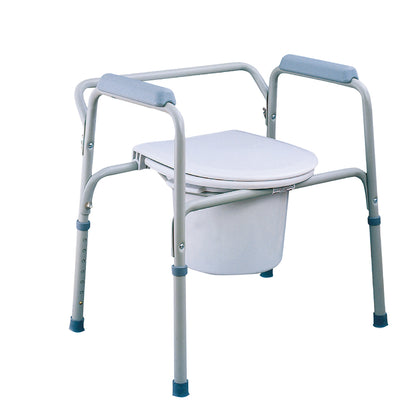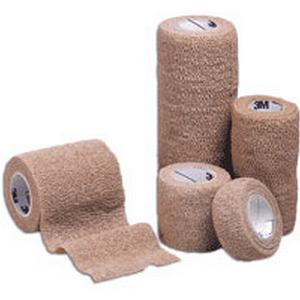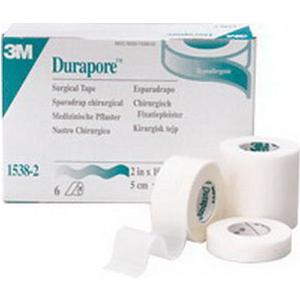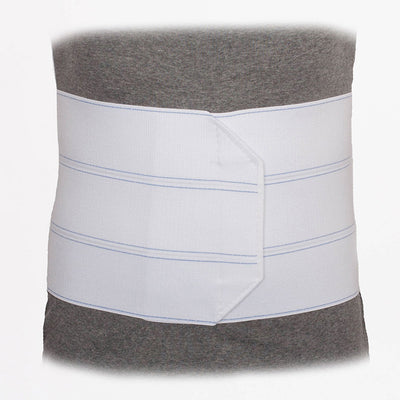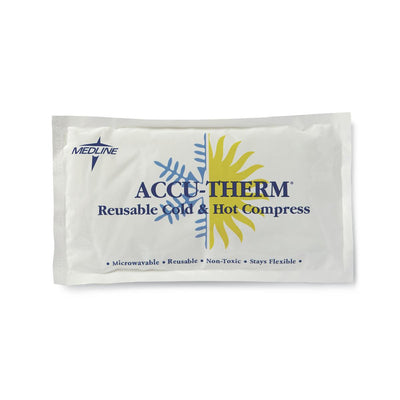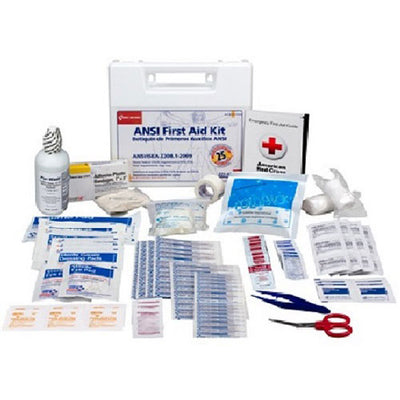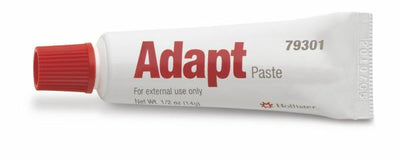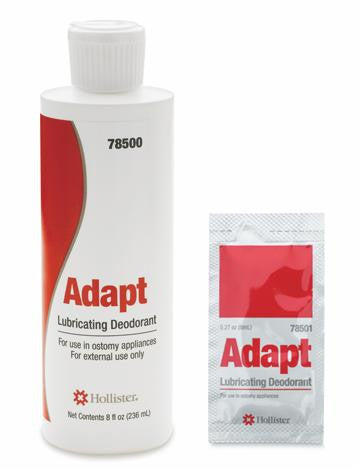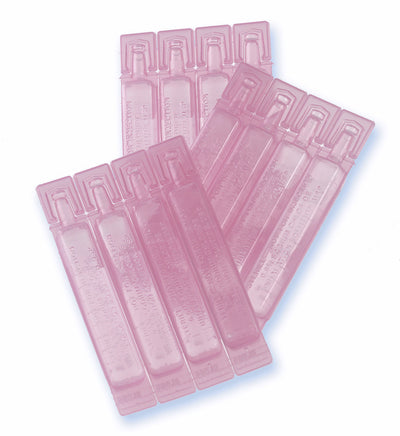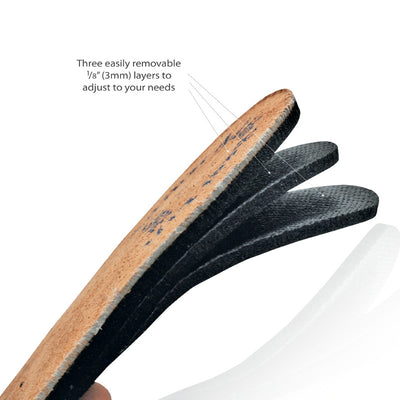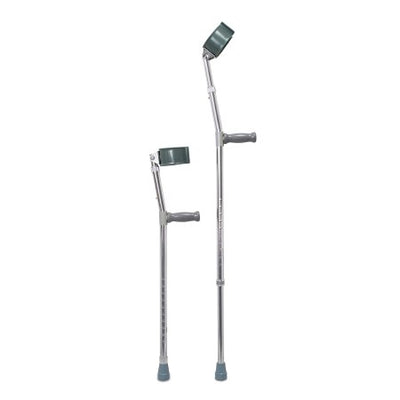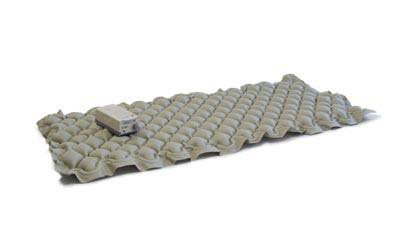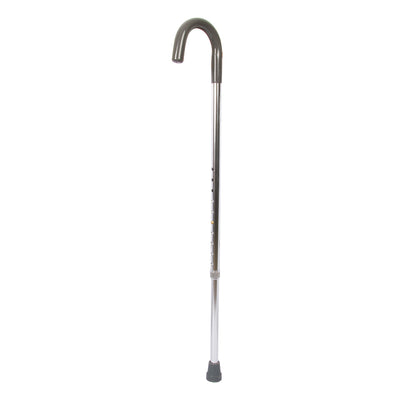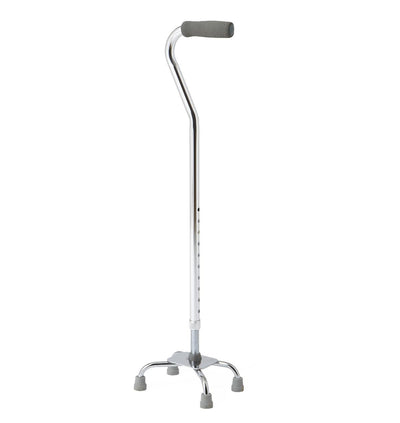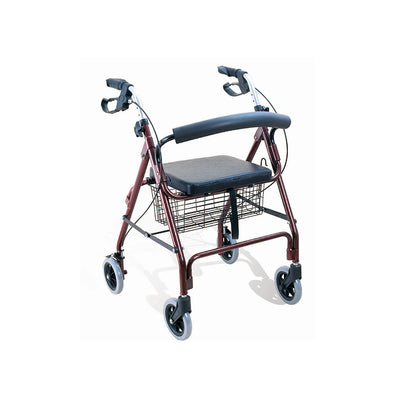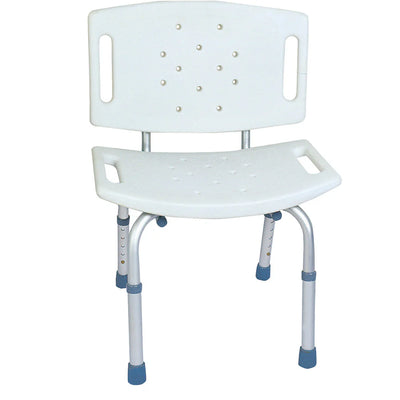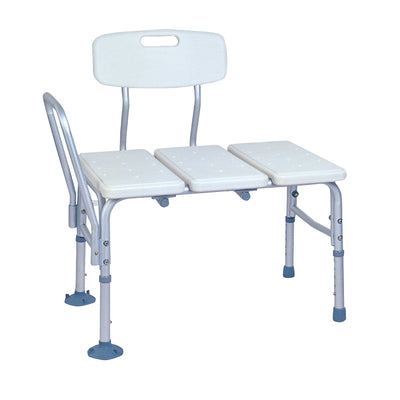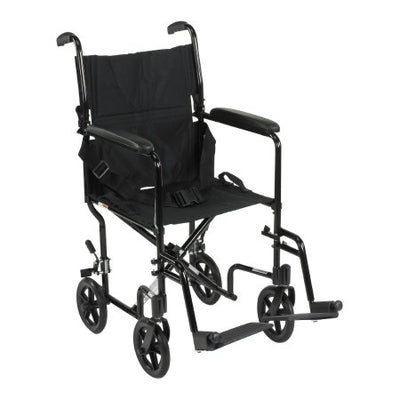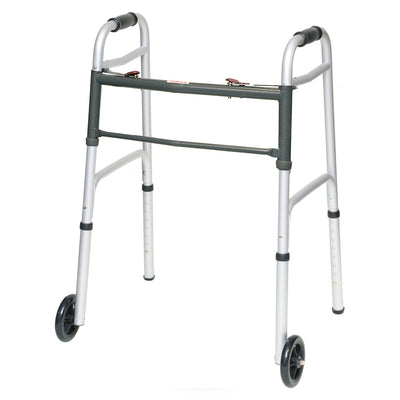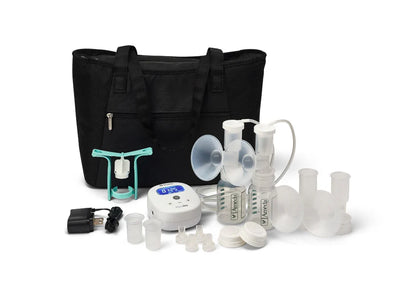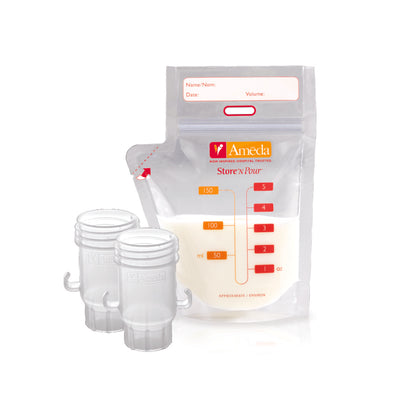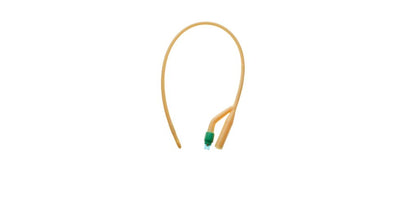
As people age, urinary issues can be common and can even be associated with certain illnesses. The list of urological and incontinence supplies needed to appropriately address some urinary issues can be extensive, and at times, difficult to properly maintain. Still, that list is essential to healthy urinary function, so it behooves one to be vigilant.
Keeping open lines of communication with your physician on where you get you urological supplies can be the first step in keeping yourself well-stocked in the case of supply shortages, natural disasters or other emergencies. Most medical supplies are generally in low supply because of high demand and supply chain issues beyond control. Knowing who to contact and where to get them is important, but having alternative sources is also essential as a safety net in the case that your initial supplier is unavailable.
Between you, your doctor, and your insurance company, you should be able to identify multiple avenues to acquire the urological supplies you need. Let's look at some of the basics to have on hand at all times.- Catheters: The urinary catheter, as you know, drains urine from the bladder, making it one of the most important urological supplies. An external catheter is another type of urinary catheter, but it does not insert into your bladder. Instead, an external catheter, also known as a condom catheter, is for men and goes on like a condom to catch leaking urine. You should always have extras because no matter the types of catheters you may use, they must be periodically replaced for sanitary reasons.
- Drainage bags: Some catheters, such as an Indwelling catheter or external catheter, drains urine into a bag either on your leg or near your bed or chair. These bags are referred to as leg bags and drain bags. Typically, the leg bags are used during the day and drain bags at night. Leg bags and drain bags need to be cleaned every day and should be replaced once per week.
- Miscellaneous: Wipes, lubricant, liners, attachment straps, and antimicrobial solvents are all additional accessories that help to reduce infection and help to properly use your supplies. Insertion kits for example, have all the supplies to allow one to maintain a sterile field wherever they need to catheterize.
- Other Incontinence Supplies: Briefs, liners, diapers, and underpads can all be used to help control urinary incontinence and absorb urine. These supplies can help you lead a normal life and help reduce the risk of worsening your condition.
Urinary issues are unfortunately very common, especially as you age, and can be a result of a range of medical conditions. However, with the proper urological supplies and open communication with suppliers, insurance, and medical professionals, your urinary health will be in good hands.








